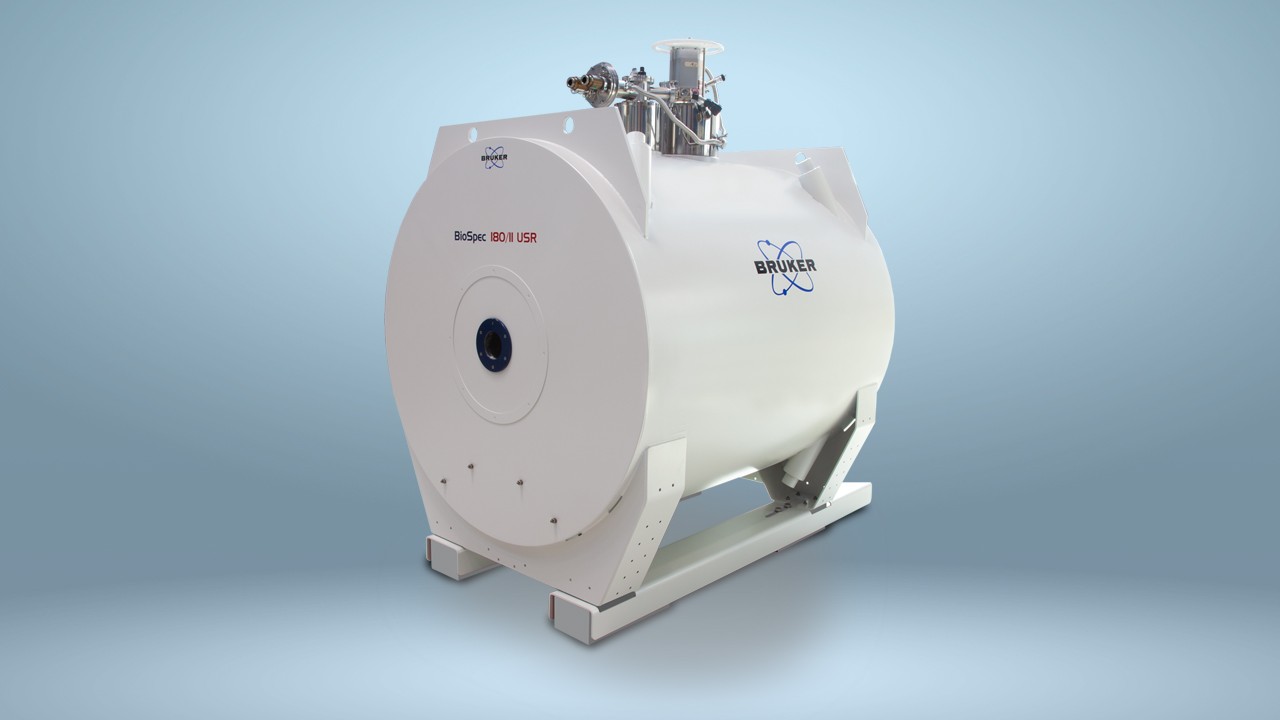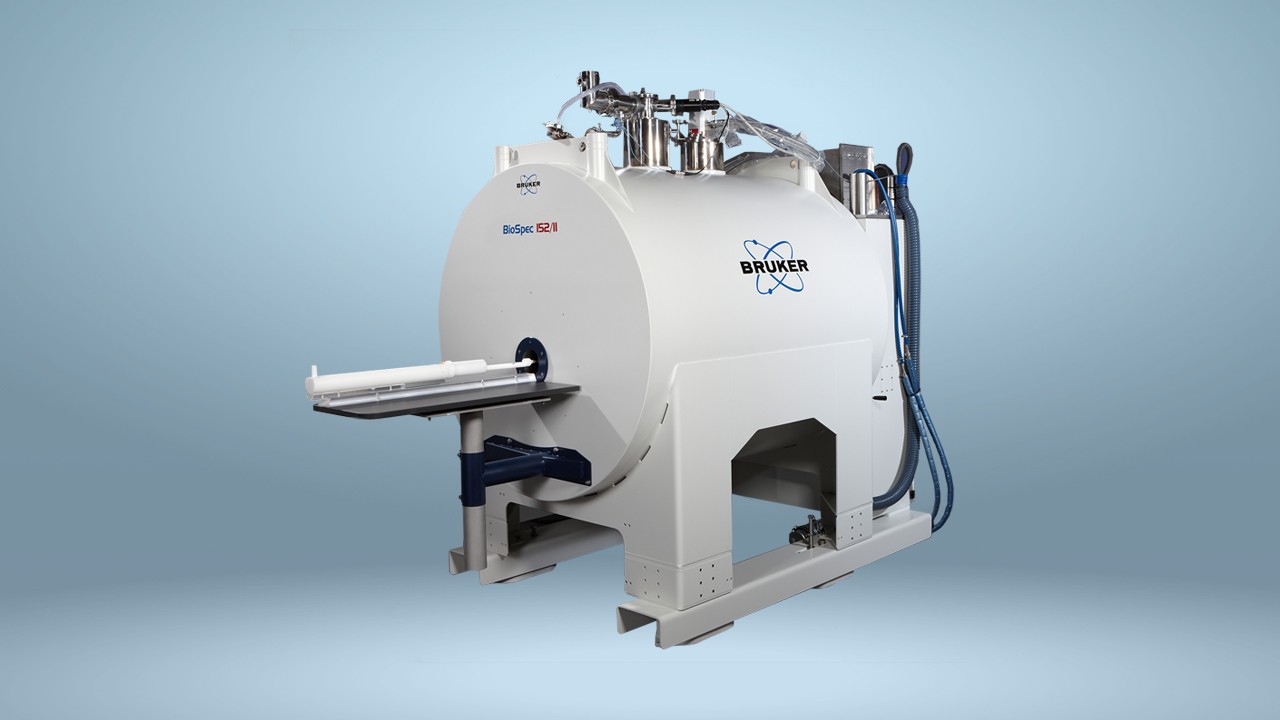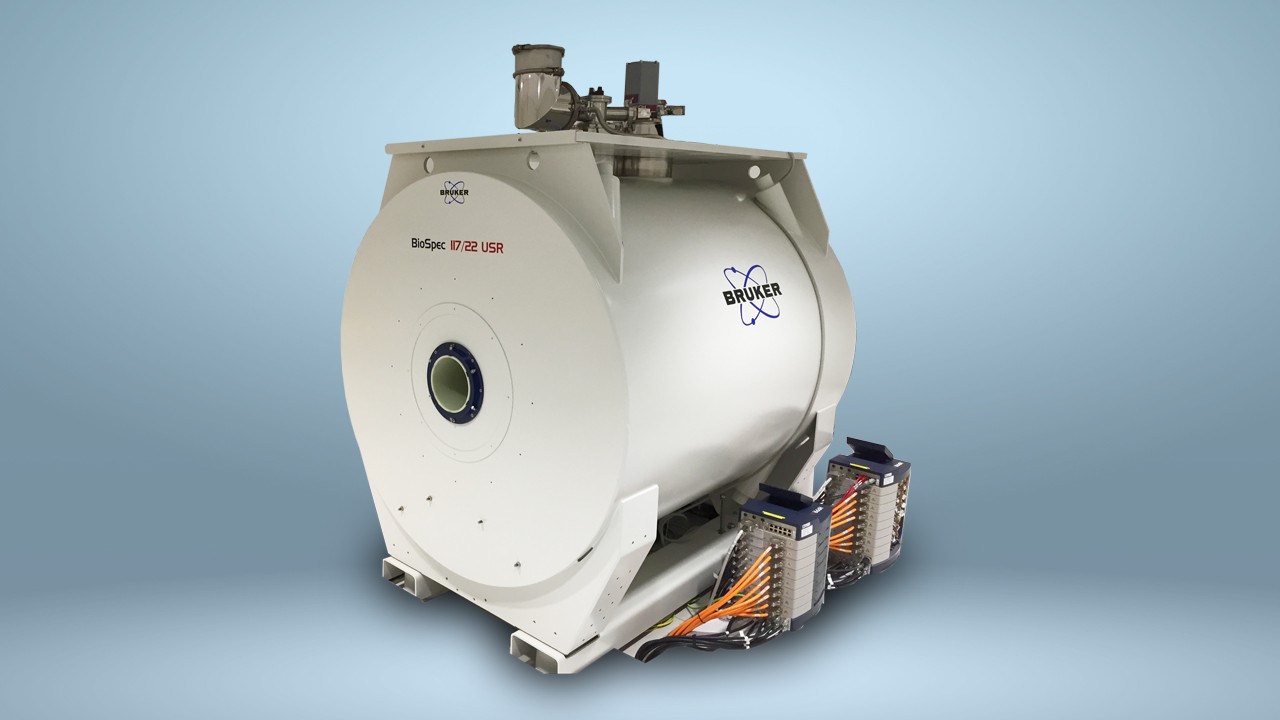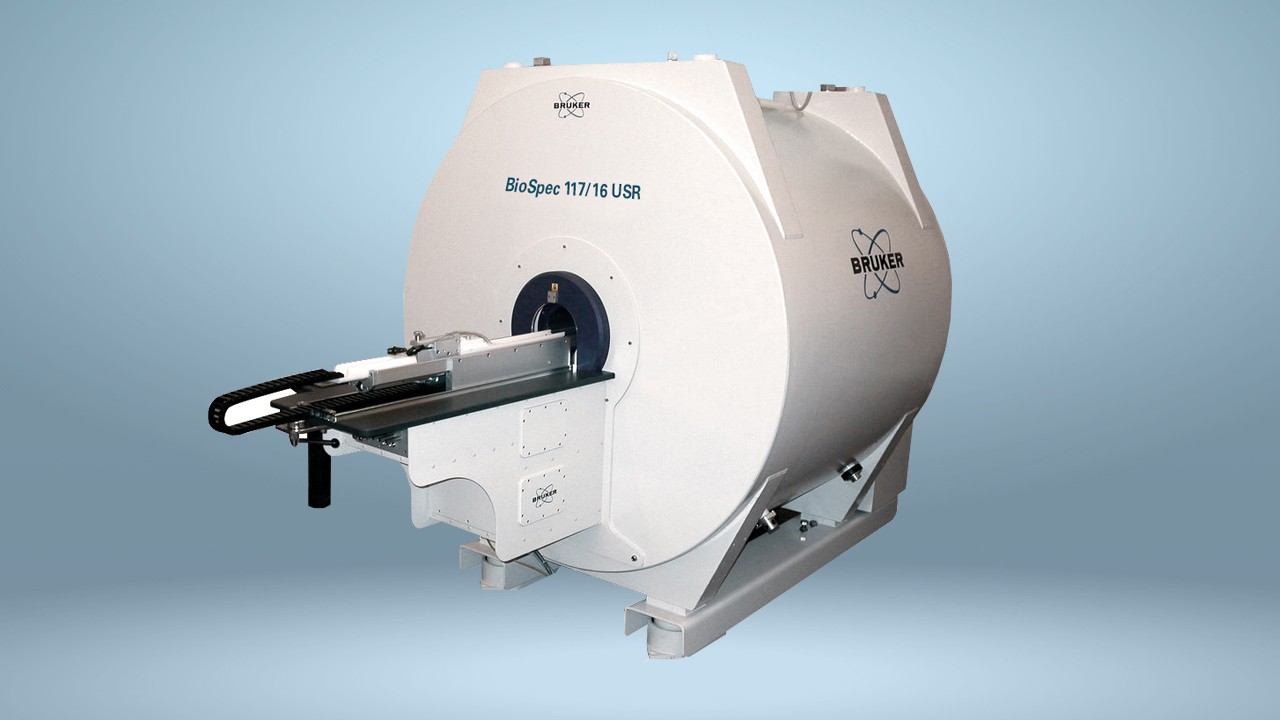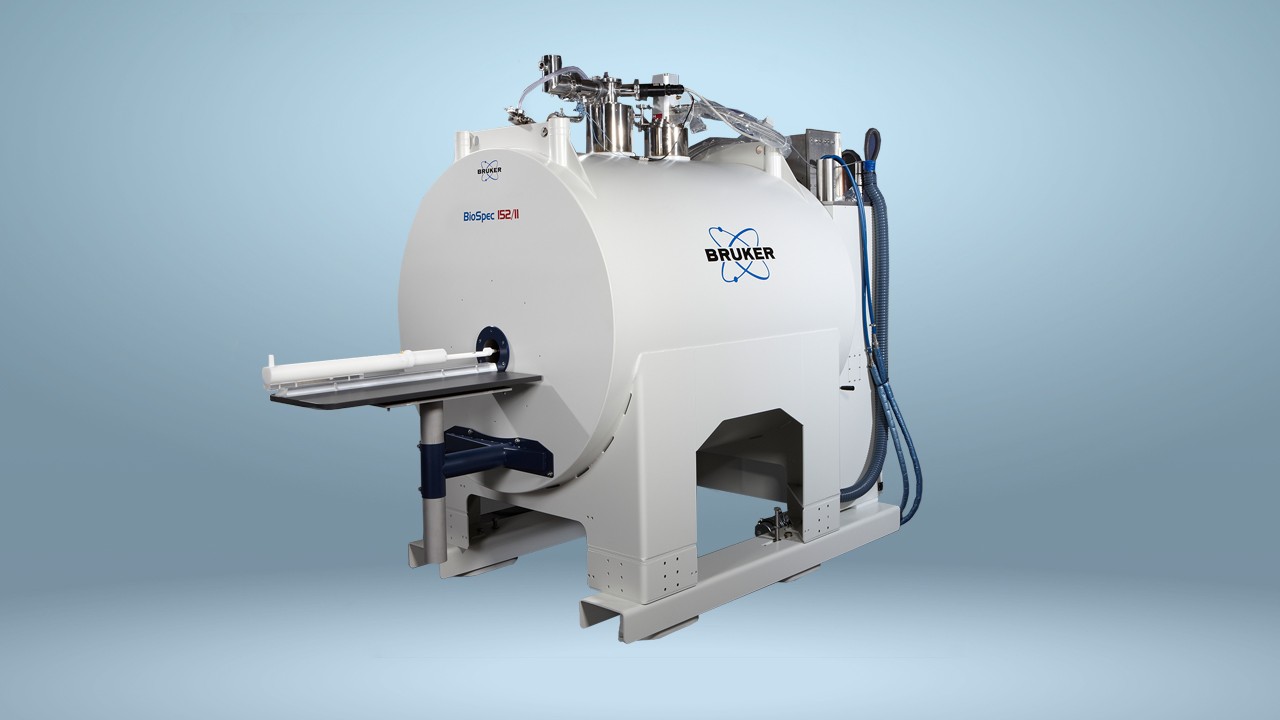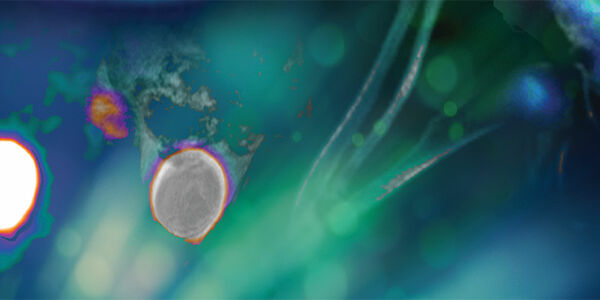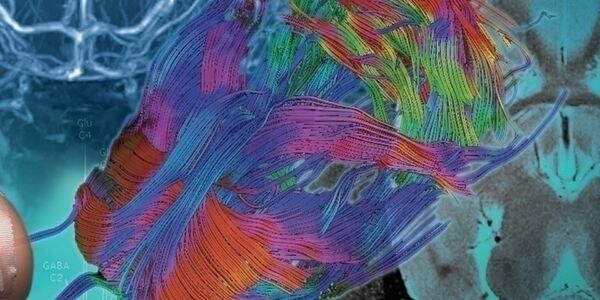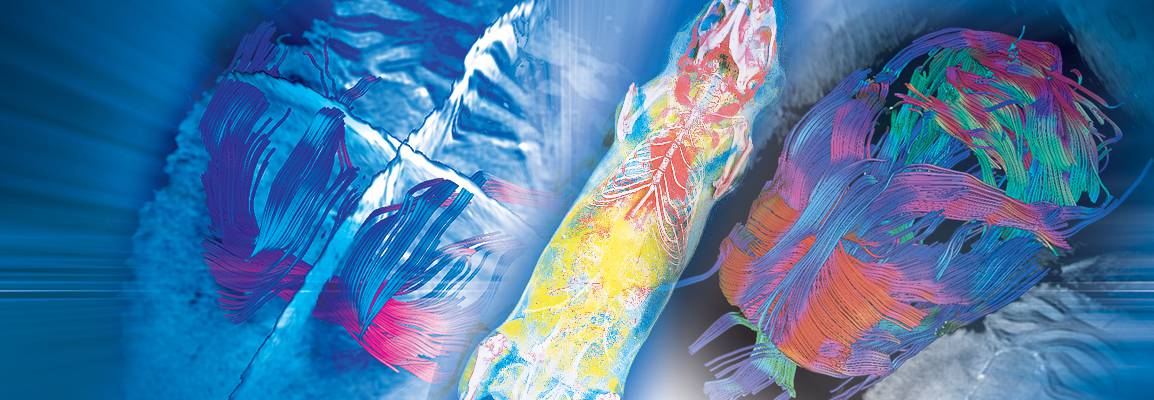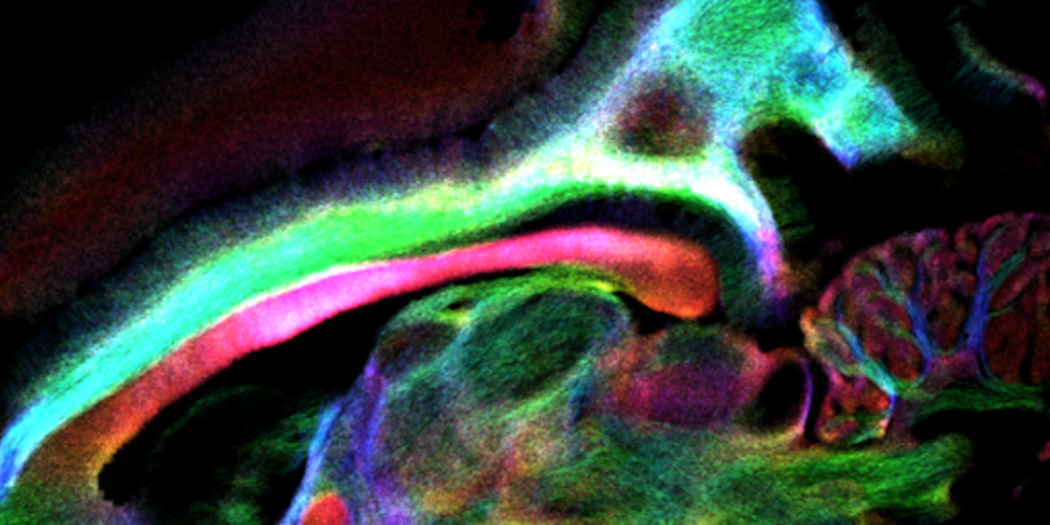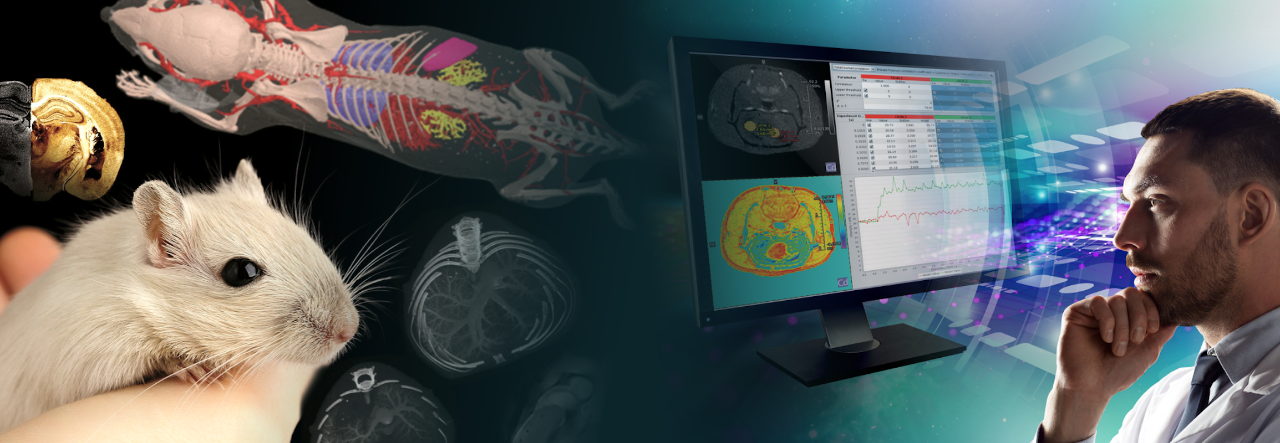BioSpec Ultra-High Field MRI
Cutting edge
Sensitivity and resolution
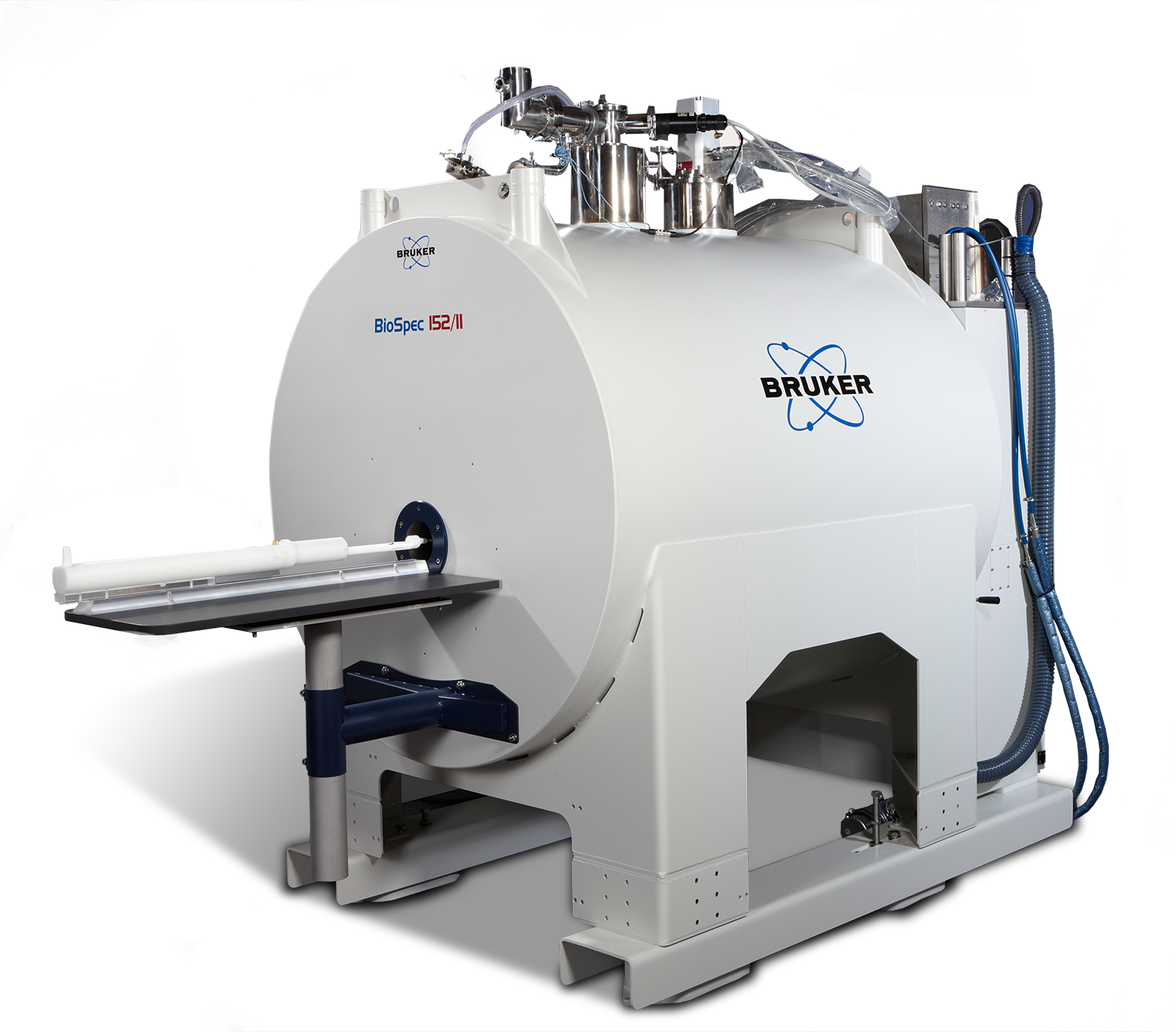

The ultimate in preclinical MR imaging is made possible with Bruker’s ultra-high field BioSpec instruments. These instruments are the highest commercially available preclinical MRI instruments with field strenghts of 11.7 Tesla, 15.2 Tesla, and 18 Tesla. These instruments offer non-paralleled SNR for in vivo imaging allowing groundbreaking research whether it be addressing fundamental questions or treatment of diseases. Combined with MRI CryoProbes, they deliver highest spatial resolution in-vivo. In addition to increased sensitivity, the reasons for choosing an ultra-high-field instrument include higher magnetic susceptibility and increased spectral dispersion and the novel studies that are thus enabled.
Scalable AVANCE NEO electronics enabling both MRI and MRS applications and incorporating up to 16 receiver channels
- Real-time spectrometer control for optimization of acquisition parameters during scan
- Highest performance gradients with highest amplitudes and slew rates, shim strengths and duty cycles
- Extensive RF coil portfolio for mice and rats available, including coils for head, brain, cardiac, body, x-nuclei and multipurpose applications
- MRI CryoProbe™ delivering an exceptional increase in sensitivity
- ParaVision® 360: intuitive software package, for multi-dimensional MRI/MRS data acquisition, visualization, reconstruction, and analysis
- In-house development and production of all key components (software, magnet, gradient, spectrometer, RF-coils) ensures the best performance and short repair times
Testimonials
LabScape
Service & Life Cycle Support for Magnetic Resonance and Preclinical Imaging
Bruker’s commitment to provide customers with unparalleled help throughout the buying cycle, from initial inquiry to evaluation, installation, and the lifetime of the instrument is now characterized by the LabScape service concept.
LabScape Maintenance Agreements, On-Site On-Demand and Enhance Your Lab are designed to offer a new approach to maintenance and service for the modern laboratory
